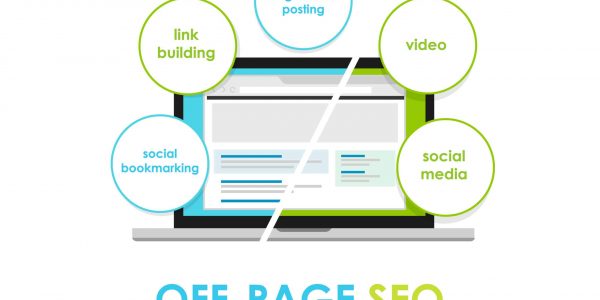For those who invest time, effort, and resources into their online presence, the struggle to improve lead conversion rates can be both daunting and discouraging. Countless hours spent crafting captivating content, eye-catching visuals, and compelling offers can feel futile when visitors fail to take that crucial step – making a purchase, signing up, or engaging in another desired action.
This persistent challenge isn’t just affecting your business metrics; it’s holding you back from reaching your goals.
Let’s explore a few bullet-proof ways to boost your lead conversion rates:
Boosting Lead Conversion Rates
A higher conversion rate indicates that your website is effectively convincing visitors to take the desired action, leading to increased revenue and engagement.
1. Measuring Successful Conversions
The first requirement of improving lead conversion rates is to measure them in the first place. We recommend installing Google Tag Manager and Google Analytics 4 on your website to track this.
Tracking conversions on your website can become a complex task. So, hire a web developer if you don’t feel comfortable doing this part yourself.
2. Know Your Audience
Before diving into design changes, it’s crucial to understand your target audience. Who are your visitors? What are their preferences, pain points, and expectations? A deep understanding of your audience will guide your design choices, ensuring that your website resonates with them.
3. Clear and Compelling Call-to-Actions (CTAs)
A well-designed website prominently displays clear and compelling CTAs. These are the buttons, links, or forms that prompt users to take action. CTAs should be strategically placed throughout your website, using contrasting colors and concise, action-oriented text. For example, instead of a generic “Learn More,” try “Get Your Free Trial Now.”
4. Streamlined Navigation
Complex navigation can frustrate visitors and drive them away. Keep your navigation menu simple and intuitive, organizing content into logical categories. A well-structured navigation system makes it easier for users to find what they’re looking for, leading to increased engagement and conversions.
5. Mobile-First Design
With the majority of web traffic coming from mobile devices, a mobile-first design approach is crucial. Ensure that your website is responsive and optimized for various screen sizes. A seamless mobile experience improves user engagement and prevents potential customers from bouncing due to usability issues.
6. Page Load Speed
Slow-loading pages can be a major conversion killer. Users have short attention spans, and a delay of just a few seconds can lead to increased bounce rates. Optimize images, leverage browser caching, and choose a reliable hosting provider to ensure your website loads quickly.
7. High-Quality Visuals
Visual elements, including images and videos, play a significant role in user engagement. Use high-quality visuals that are relevant to your content and resonate with your audience. Authentic and compelling visuals can help communicate your brand message and product value, encouraging visitors to take action.
If you have it in the budget to hire a professional photographer/videographer, we would recommend taking this route.
8 Trust Signals and Social Proof
Building trust is essential for driving conversions. Incorporate trust signals, such as customer reviews, testimonials, security badges, and partnership logos, to reassure visitors that your business is reputable and reliable. Social proof, like user-generated content and case studies, can also boost credibility.







